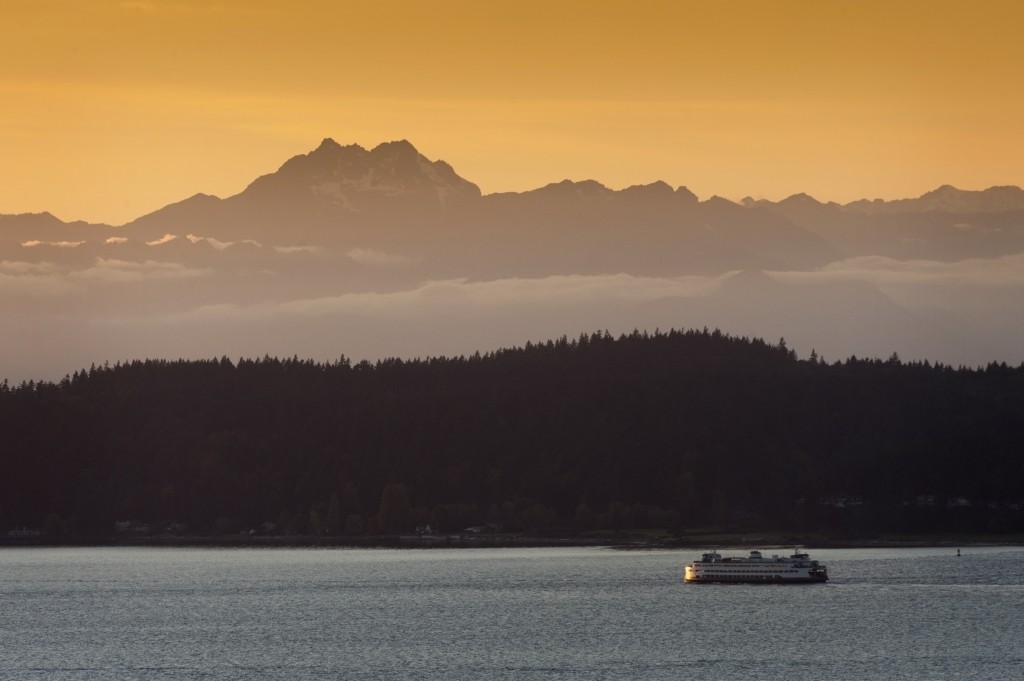Washington State’s Puget Sound is in trouble, due mostly to the everyday activities of the 4.4 million people who live on or around the nation’s second largest marine estuary. There are many pressures on the sound. These include population growth, urbanization that increases the amount of hard surfaces covering the land, loss of habitat, pressures on water supplies, water and air pollution, and other challenges.

In addition to these stresses, funding to study and monitor conditions in Puget Sound – the very activities that help people understand and protect the sound – is scarce. Washington Department of Ecology (Ecology) scientists envisioned an opportunity to make use of the ferries that were already crossing the waterways they wanted to monitor. In 2009, Ecology made that vision a reality and added sensors to Washington State Department of Transportation ferries and private vessels.
Ecology’s Marine Monitoring Unit created Ferries for Science along with U.S. EPA, the Department of Transportation, the University of Washington’s Applied Physics Laboratory, Integral Consulting Inc., and the Puget Sound Partnership. Together, the partners leveraged their resources by “hitchhiking” data collecting equipment on the ferries that cross the sound’s waters daily.
Ferries for Science is a cost-effective way to extend Ecology’s monitoring capabilities and improve the department’s ability to characterize, understand, and predict marine water quality throughout Puget Sound. This allows Ecology to protect Washington’s marine waters by quickly and accurately informing the public and stakeholders about current water quality conditions.
Washington’s ferries frequently pass through strategic cross sections in Puget Sound. They happen to set regular courses through the very constriction points that will allow Ecology to easily measure water exchange and circulation between those basins. By installing Acoustic Doppler Current Profilers, sensors that measure velocities and provide surface-to-bottom measurements of water mass movement, scientists can better manage the water quality in Puget Sound. This helps them identify and understand nutrient enrichment, low dissolved oxygen conditions, transport of toxic chemicals, harmful algae blooms, and ocean acidification.
Results to Date
Ecology currently has monitoring equipment installed on the Coupeville-Port Townsend state ferries. This route travels across the mouth of Puget Sound, crossing the gateway separating the Strait of Juan de Fuca from the greater Puget Sound many times each day. This course is the constriction point where circulation and water exchange between the Pacific Ocean and Puget Sound occurs.
Ferries for Science also partners with the Victoria Clipper, a private passenger ferry that travels daily between Seattle, Washington, and Victoria, British Columbia. This ferry data is used to calibrate ocean color satellite images that provide estimates of chlorophyll, Colored Dissolved Organic Matter, suspended sediment concentrations, and indications of algae abundance.